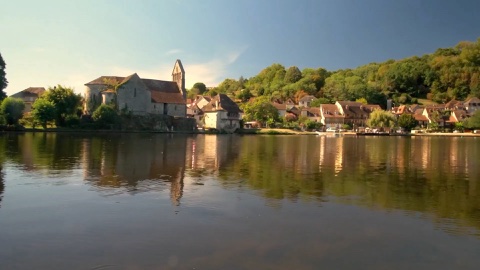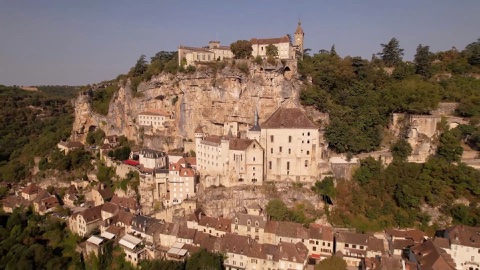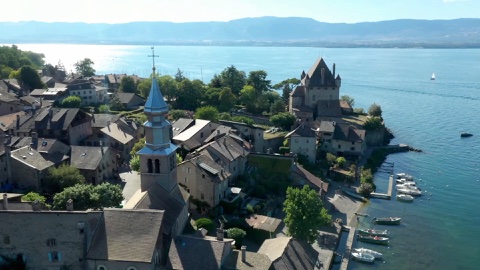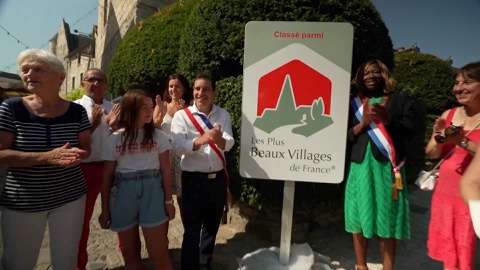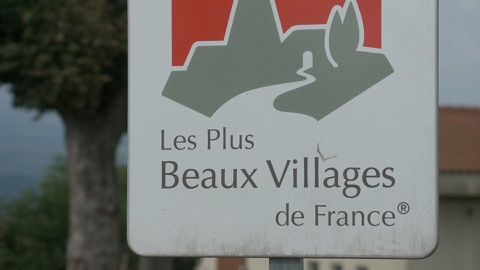Qualifying to join the prestigious ranks of "The Most Beautiful Villages of France" can change the destiny of a community and increase the number of tourists from between 20 to 40% per year. An economic boost that benefits restaurateurs, traders and hoteliers, but also tour operators, event organisers, holiday cottage owners and even estate agents.
But being amongst the elite 200 "Most Beautiful Villages of France", a title created by an association of elected officials and experts in 1982, means meeting draconian criteria.
And everyone - municipalities and regions, traders and inhabitants - has to put their hand in their pocket to restore the heritage, embellish houses and create infrastructures, including car parks, public toilets and roads... These investments can represent 10 years of operating budget… so when the Commission of Experts inspects a village and the verdict is pronounced, the stakes are enormous.
The last 30 years has seen a proliferation of labels and classifications: "Villages fleuris", "Villages étoilés", "Les plus beaux villages de France", "Villages de Charme"... And behind them all lie prospering associations and small businesses.
These medieval, hilltop or flower-filled villages have only a few weeks of summer in which to fill the coffers of their businesses and the commune. And with some departments boasting up to 10 designated villages, competition between them is tough!
Which are the top-ranking villages in France? What are their tips for attracting tourists? Why are the prices of houses and food in the markets soaring from one village to another? How much do families spend there? Which new villages will succeed in being awarded a label next summer and how do they intend to do it?

